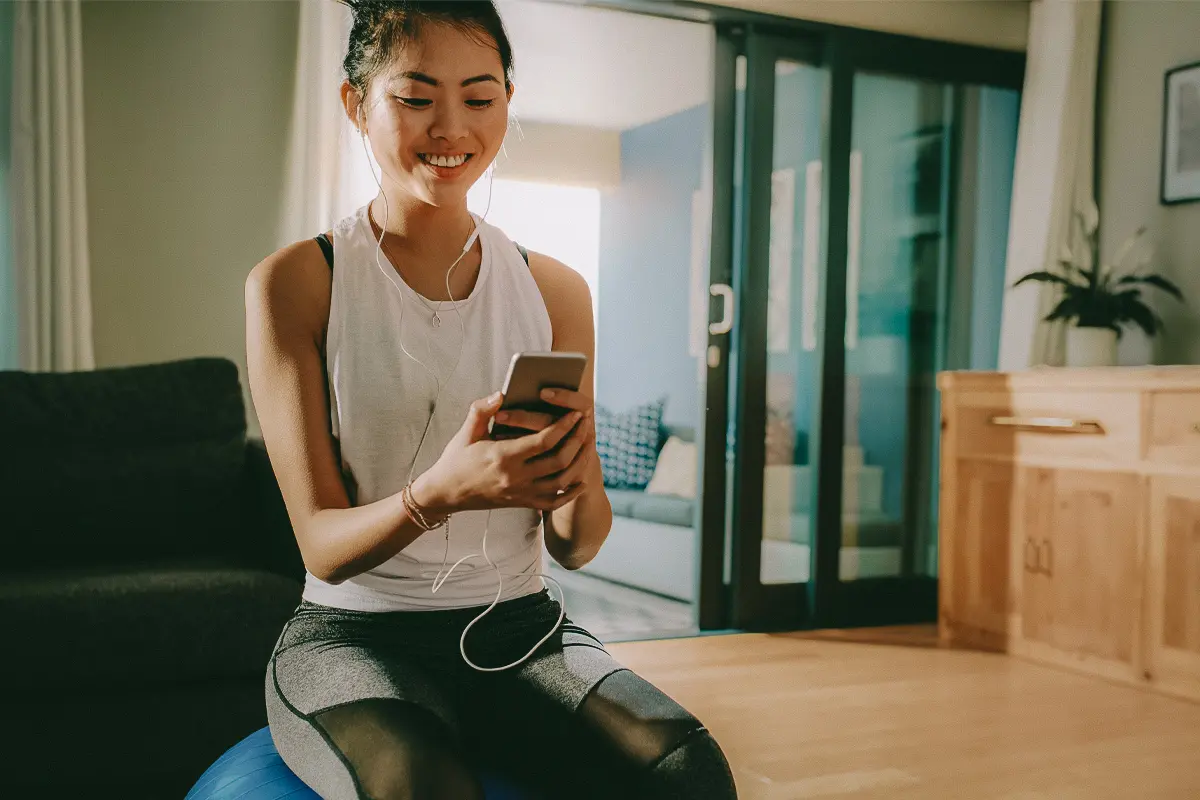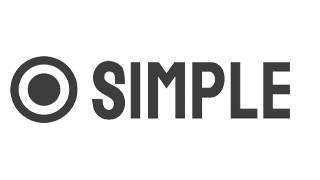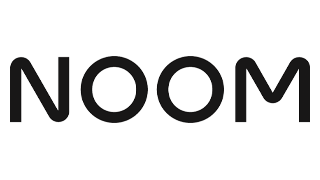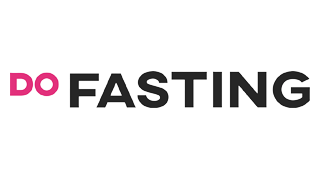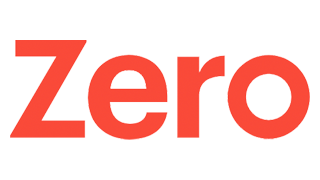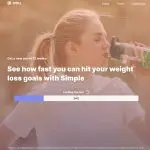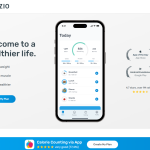Table of Contents
Intermittent fasting (IF) continues to gain popularity as a weight loss method. The practice involves going through cycles of eating and fasting for a specific number of hours. IF has various plans, from fasting one or two days a week to fasting 12–18 hours a day. IF works best when practiced with balanced nutrition, exercise, and hydration. Most of these plans work by having you eat your meals during the day so that most of the fasting happens during sleep. Although IF isn’t right for everyone, research shows the practice can improve metabolic health and medical conditions associated with obesity, including insulin resistance, high blood pressure, and cholesterol, because it reduces inflammation in the body that can trigger some chronic conditions. If you are trying IF for the first time, the best intermittent fasting apps can provide guidance for getting started and choosing the best fasting schedule for your goals.
This centuries-old technique may also have mental health benefits. Studies show fasting can reduce symptoms of anxiety and depression by potentially decreasing fatigue and increasing energy. A meta-analysis of people queried before and after a religious fast for one month (not eating from sunset to sunrise each day) reported lower levels of anxiety and depression when the month-long fast ended. But before you start a new eating plan or weight loss journey, it’s best to check with your doctor first to make sure it’s safe for you. If you’re in therapy, loop in your provider, who may help support you during your practice.
If you’re looking for the best IF platform or are just curious to learn more, read our review of the best IF apps we’ve tried and tested this year. None of the apps specifies which IF method you should try—it’s up to you. We look for fasting and eating reminders, educational information, healthy recipes, and community support at a price that doesn’t break your budget.
Best IF app overall: Simple
Simple is our choice as the best intermittent fasting app overall because the fasting function is extremely easy to use, providing push notification reminders when it is time to end or begin a fast. We also found the nutritional guide helpful, supporting you in making more mindful food choices.
Our pick of the best intermittent fasting apps
- Simple: Best overall IF app
- Noom: Best program with mental health features
- DoFasting: Best IF app for beginners
- Zero: Best IF app for data-lovers
- Yazio: Best IF app with eating reminders
HelpGuide Handbook’s weight loss testing methodology
Our Handbook Team members have subscribed to 14 top weight loss programs to test and review. During testing, we do the following:
By becoming familiar with the websites and apps of each program and using them as a normal customer would, we are able to gain a detailed view of how easy (or hard) it is to follow the program in daily life.
Participating in online member communities and coaching sessions gives us insight into the type of support each program offers. And our focus groups and interviews with doctors, dietitians, nutritionists, and mental health experts help us learn more about the connections between weight loss, physical health, and mental health.
One detail we focus on is the sustainability of each program. It’s vital that a successful weight loss program teaches you how to establish and maintain healthy habits for long-term weight loss, and not all companies are standouts at this.
From our tester
“There is a pattern in our research of people joining and losing weight, falling back into old patterns, regaining weight and coming back full circle.”
Our testing results, experiences of other customers compiled from interviews and surveys, and professional opinions of health experts have all informed our reviews of the best nutrition apps.
For more information, read our healthy living review methodology.
If you are experiencing signs of an eating disorder
First, know that you are not alone. Eating disorders affect people all over the world. In fact, nine percent of people worldwide have an eating disorder. The Association of Anorexia Nervosa and Associated Disorders (ANAD) has the following resources available to people who are experiencing signs and symptoms of an eating disorder:
- Call the Eating Disorders Helpline at 888-375-7767, available Monday through Friday from 9 a.m. to 9 p.m. (unavailable on most major holidays).
- Join a virtual peer support group—there are general support groups and focused groups for LGBTQ+, BIPOC, caregivers, older adults, teens and young adults, siblings, people with larger bodies, men, and binge eating disorder.
- Request a mentor for free using the Recovery Mentorship Program.
- Browse the treatment directory to find a provider that specializes in eating disorders.
These resources can be helpful, but ultimately, you should talk to a health care provider about the symptoms you are experiencing. “I’d suggest contacting a registered dietitian or therapist/counselor with experience in treating disordered eating and eating disorders. This is important because not many registered dietitians and therapists may know how to recognize the red flags and address the issues,” says Karin Evans, registered dietitian nutritionist at Top Nutrition Coaching.
Compare the best intermittent fasting apps of 2024
| Cost (plan and length dependent) | $29.99–$99.99 | $70–$209 | $32–$74 | $9.99–$69.99 | $23.99–$47.90 |
| Subscription | One-month, three-month, six-month, and 12-month plans | One-month to 12-month plans | One-month, three-month, and six-month plans | One-month or 12-month plans | Three-month or 12-month plans |
| Available on | Apple or Android | Apple or Android | Apple or Android | Apple or Android | Apple or Android |
| Best for | Overall experience | Mental health features | Beginners | Data lovers | Eating reminders |
Best intermittent fasting apps of 2024
Simple: Best overall IF app
Our final verdict on Simple Life
Simple, also known as Simple Life, is our choice as the top IF app overall because of its user-friendly platform—signing up is truly a breeze. During sign-up, we complete a detailed questionnaire to help us discover our weight loss goal. The app’s features then help us to meet it. Plus, the nutritional guide, powered by an AI wellness assistant, makes it easy to find healthier food choices. During the two-week test of Simple Life, our tester opted for the 16:8 fast, where she fasted for 16 hours and ate during an 8-hour window. Our tester likes the Weight Performance section of the app to log weight and photos as she progresses towards her goal weight.
Other fasting options:
- 12:12: 12-hour fast, 12-hour eating window.
- 14:10: 14-hour fast, 10-hour eating window.
- 15:9: 15-hour fast, 9-hour eating window.
The app’s home page lists the activities you should complete each day.
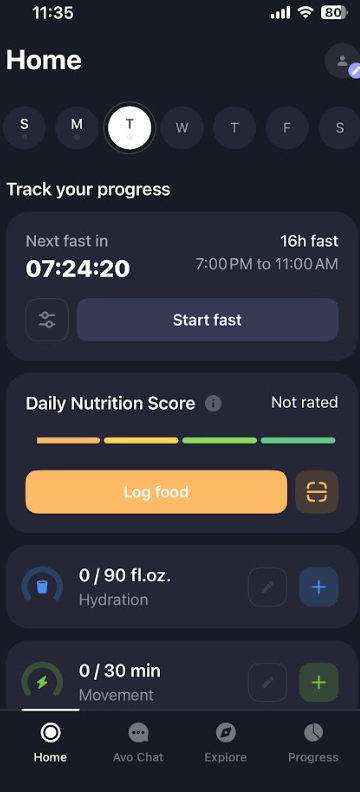
The app allows you to see your fasting “countdown,” which tells you how much time you have until you stop your fast and eat. It also shows progress for the day, which is a helpful reminder to log water intake and eat enough during the non-fasting window. Our tester also appreciates the science-backed nutritional content, lack of strict calorie counting, and reminders to practice mindful eating.

From our tester
“I felt fine during the fasting time and could definitely stick with it long term. Since I typically work from 9 a.m. to 5 p.m., it was easy to log into work until noon without noticing or feeling hunger. The only time it was difficult to maintain was on the weekends, when I was out and about and wanted to snack after 8 p.m.”
Simple Life sends our tester a notification to her phone when the fast is about to end. Once the clock hits noon, it tells her to get something to eat. Logging meals, snacks, and water is easy. She enters “chicken, broccoli, white rice,” and it returns a nutrition score.
The nutrition score tells you what is good about the meal and what can be improved. After logging food, the AI wellness assistant bot says, “Get alternatives,” and if you click that, it can provide a similar but better meal option. Based on her preferences, the AI assistant suggests a tomato and avocado salad recipe.
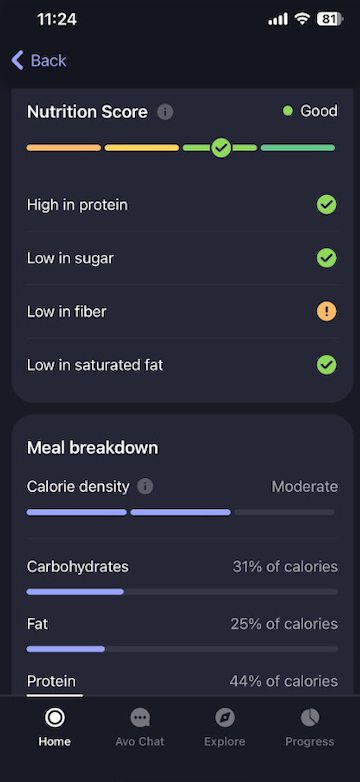
Noom: Best app with mental health features
Our final verdict on Noom
Although Noom is not an IF app, it can work for someone familiar with fasting who doesn’t need reminders to stop and start fasting. Noom’s weight loss functionality and health guidance could help someone during their intermittent fasting journey, but the app does not have timers and reminders to assist you with fasting. For people new to IF, the Noom website has educational blogs to help people understand how IF works.
Noom’s three-colored food system can teach you what to eat during non-fasting periods. It considers the psychological battle of weight loss and gently guides users to reassess their eating habits and relationship to food, which could be useful during a fast. Using the color system to be more conscious of your food’s nutritional content and portion sizes can help you plan meals and perhaps cut down on mindless snacking. For example, looking at the foods in the orange category, you may consider making some food swaps, like spreading avocado instead of butter on toast at breakfast or replacing full-fat dairy with low-fat or no-fat options. Noom emphasizes that the color system isn’t meant to denote “good” or “bad” foods but instead to help you think about the portions of foods you eat with each meal. This can help you balance your meals nutritionally, with more green foods and fewer orange foods, to help keep you feeling full longer to get through a fast.
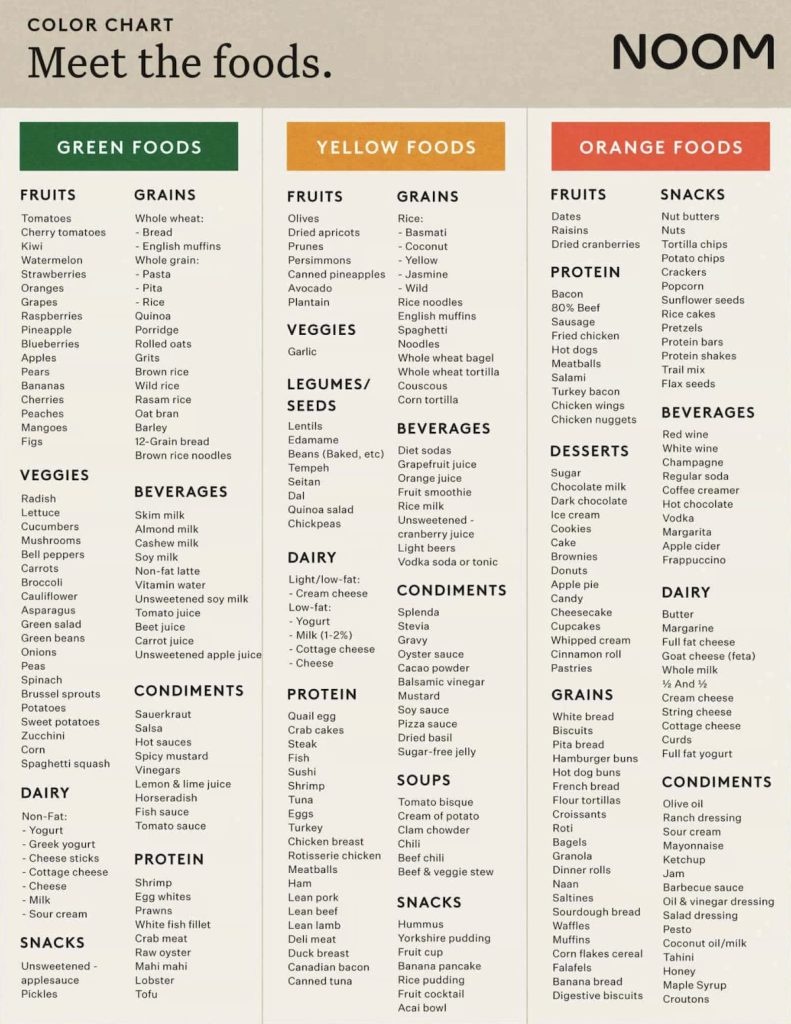
Our tester likes Noom Circles, which connects you to others on the platform. It creates a sense of community that can encourage people on a weight loss journey. As part of the Noom subscription, users have access to a health coach, and you can message them as needed. You might not get an immediate response, but our tester’s coach checks in frequently and sends messages every few days to see how she’s doing. The coach’s messages are positive and encouraging. Noom health coaches are approved by the National Consortium for Credentialing Health and Wellness Coaches (NCCHWC) but are not necessarily registered or licensed dietitians.
Noom Mood, an add-on tool available for purchase, provides bite-sized education and techniques to help you identify stressors, develop coping skills, establish new habits, and give yourself a break. This tool can be a valuable addition to your weight loss journey, aiding stress management and habit formation. Noom Mood costs an additional $149 a month. People who purchase this tool have access to the following:
- A 16-week curriculum offering education and motivation.
- Weekly activities to help people focus on stress management.
- One-on-one coaching to help subscribers work through personal challenges.
- Daily logging to help subscribers better understand their moods.
- Reminders and notifications to encourage commitment and engagement.
While we wish Noom Mood was included with all Noom plans for free, it is still a unique offering among IF platforms that is worth considering. If that’s too much for your budget, Noom has articles that talk about coping with anxiety and the benefits of meditation.
From our tester
“I like the ‘small steps approach,’ which makes weight loss more realistic and approachable. I like that the conversation on exercise starts with just walking, with no pressure to go to the gym or do intense exercise right away. The tips also seem manageable.”
DoFasting: Best IF app for beginners
Our final verdict on DoFasting
DoFasting is our choice as the top pick for beginners because of how approachable our testers found the platform to be. The fasting functionality is easy to use even if you have no prior experience fasting or using health-tracking apps. Also, DoFasting offers helpful educational content about IF, and its blog has articles detailing everything you need to know about DoFasting and fasting in general, which can be especially useful for IF beginners.
Our testers enjoy the app’s extras, such as recipes and workouts. The workout routines, which only require a yoga mat and a pair of sneakers, are very doable for beginners. The recipes inspire the tester to cook healthy meals with low-fat meats and fresh vegetables, and they find the instructions easy to follow.
From our tester
“I like how the app congratulates me after I complete my fasts, walks me through recipes, and thoroughly explains the workouts. The DoFasting app integrates with my Fitbit and tracks my steps throughout the day.”
Our tester first tries the 12-hour fast to ease into IF, but DoFasting recommends the 16-hour, 18-hour, and 20-hour fasts for weight loss. It’s important to note that DoFasting sells appetite suppressants high in fiber, but our tester doesn’t feel comfortable taking them or ignoring their natural hunger cues. Appetite suppressants are generally safe if used as prescribed and can help with weight loss for people who have obesity or a body mass index (BMI) over 30. We recommend always speaking with your primary physician before ingesting anything that can change your appetite or significantly alter your diet.
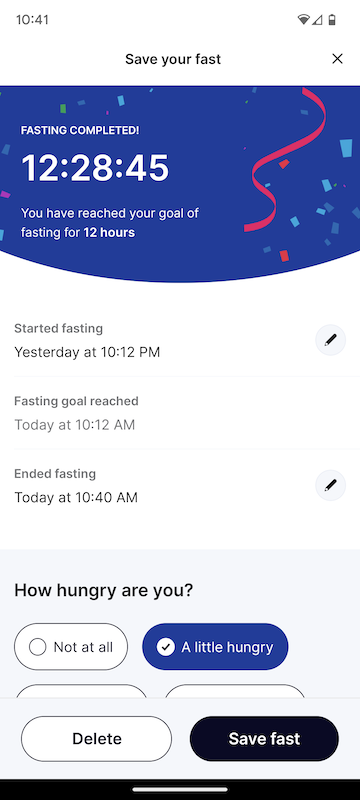
Zero: Best IF app for data-lovers
Our final verdict on Zero
Zero is our choice for its depth of data collection— it’s a serious tracker for people who are serious about their health and lifestyle. If you’re a metrics person or like to view numbers, graphs, and a dashboard for big-picture health data, Zero can hold you accountable to your goals. You can see a calendar view of your fasts and add metrics like weight, activity, mood, sleep, and meals.
The Zero app gave the following fast goals:
- Circadian rhythm: 13-hour fast, 11-hour eating window (sun up to sun down).
- 16:8: 16-hour fast, 8-hour eating window.
- 18:6: 18-hour fast, 6-hour eating window.
- 20:4: 20-hour fast, 4-hour eating window.
- 36-hour fast: 36 hours, no calories.
- Custom fast: “Support for fasts up to seven days in length.”
Our tester chose the 18:6 fast, and after a few days, she didn’t feel extremely hungry all the time during fasts. Though time-restricted feeding can inevitably decrease your daily caloric intake, it didn’t seem to affect her weight by more than 2 pounds. She was active during this time, working out twice a week and walking/moving as normal.
The Zero app doesn’t offer 5:2 IF, which is fasting two days a week (consuming 500–600 calories in a day) and regularly eating the other five. Despite offering custom fast support, the app discouraged users from breaking that daily fast streak for options like 5:2. Our tester was surprised the app didn’t explain why it liked daily fasting better than other types of intermittent fasting.
You can manually log your fast start and stop times if you broke your fast or forgot to log your start time into the app immediately. But Zero didn’t send notifications to start or stop fasts, which our tester would’ve preferred.
The app did a great job explaining each phase of fasting, which organs it affects, and the major benefits of fasting in each phase, which our tester appreciates. We like tracking all these metrics in the free version, but if you want a customized experience and more resources, these are available with the paid Zero Plus version.
From our tester
“I am interested that you can track glucose, ketone, and activity levels. I connect the app to my Fitbit data, and it syncs my sleep and activity time, so I don’t have to input all the data.”
Zero has a few downsides. For one, the app is buggy; it works 80 percent of the time, but even a few glitches could affect motivation. It works okay on Android, but iPhone users will likely have a smoother experience.
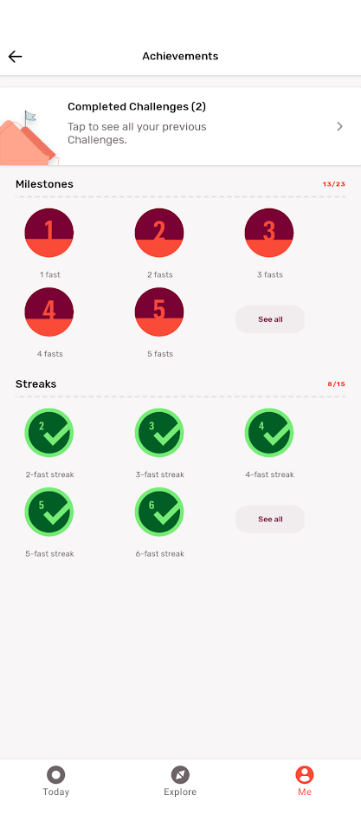
Yazio: Best IF app for eating reminders
Our final verdict on Yazio
Yazio is our favorite IF app for eating reminders. This platform is right for people who want to lose weight, gain muscle, or simply eat healthier. If you’re looking for a free calorie- and macronutrient-counting app, the Yazio base plan might be right for you.
The Yazio app offers these types of fasts:
- 16:8: Fast for 16 hours and eat for eight hours, with no breakfast. It is recommended to eat two meals during the eight-hour window.
- 5:2: Eat your regular three meals a day for five days. On these days, you should try to meet the calorie goal that was calculated for you in YAZIO. On the two fasting days, you can eat a maximum of 500–600 calories divided into two meals.
- 6:1: Eat your regular three meals a day for six days, meeting the calorie goal that was calculated for you in YAZIO. On your one fasting day, you only eat about 500 calories, divided into two meals.
If you’re interested in tracking fiber, cholesterol, or vitamin and mineral intake or wish to access additional features like a recipe database, you will need a paid Yazio PRO subscription. With Yazio PRO, our tester receives notifications to eat and track breakfast, lunch, dinner, two snacks, and water intake, which they found helpful. For most people, fasting is done overnight. Our tester likes the ease of scanning barcodes on food packages and tracking meals using the app. When scrolling through the app, our tester sees the same recipes displayed in the meal recommendations, and she prefers to see different recipes each time to see what other dishes the app has to recommend.
Both Yazio plans have a “Buddies” feature where users can connect with others for community support and accountability.
From our tester
“Yazio has a ‘speak to’ feature where you can just say what you had to eat rather than type it out, which is by far the best feature available. You also don’t have to have exact measurements to log the food like other apps. For example, I put ‘a dash of cinnamon,’ and it was still able to calculate the calories (though not as accurately).”
What is intermittent fasting?
Intermittent fasting is the practice of alternating between shortened eating windows and extended periods of fasting over the course of 24 hours, according to John Hopkins Medicine. As humans, we typically fast while we sleep, but intermittent fasting extends that window of time so that followers of IF begin their fast earlier in the evening or wait until later in the day to break their fast. In some cases, people who follow IF will eat normally most days of the week and observe an extended period of fasting that may last as long as 72-hours.
Eating windows vary in length. Beginners may choose a longer eating window, spending less of their day fasting, while longer fasting periods may be used by individuals hoping to greatly reduce their calorie intake. Common eating windows observed in intermittent fasting include eating for eight hours while fasting for 16 or eating for 10 hours while fasting for 14. Individuals who observe very long fasting windows may fast for 24, 36, 48, and 72 hours after sticking with normal eating patterns for five or more days.
Is intermittent fasting effective?
Intermittent fasting can be an effective way to decrease your calorie intake by shortening the amount of time spent eating. This may result in weight loss, but will depend on the choices you make during eating windows. For example, practicing intermittent fasting may not have the benefit of weight loss if you find you are eating more than normal during your eating window or only eating high-calorie foods.
There is some research suggesting that practicing intermittent fasting may have an overall positive effect on health, increasing longevity while decreasing the risk of chronic diseases like cancer and diabetes.
How to choose the best intermittent fasting app for you
What you need from an intermittent fasting app depends on your personal goals and your individual health needs. The app that is most fitting for you will support you with educational resources while promoting a healthy and sustainable approach to intermittent fasting. Here are some things to keep in mind if you’re looking to try an intermittent fasting app:
Features
Each app we tested has unique features, so it is important to consider what you hope to gain from using an intermittent fasting app. Some apps are simple, focusing mostly on fasting, providing a fasting timer and education on the fasting experience. Others include calorie tracking, a water log, workout routines, and additional nutritional resources for making dietary changes while fasting.
IF Experience
Your personal experience with intermittent fasting can change what you need from an app. If you have more experience, added features may feel annoying or unnecessary. If you are new to intermittent fasting, you may benefit from having educational support, workout plans, and the ability to track meals.
Fasting Window Customization
Many of the intermittent fasting apps we reviewed have set fasting windows from which users can choose, but some apps have a wider variety of fasting window options or the choice to customize your timer to fit your needs. We think the ability to customize app settings can empower someone who wants to eat more intuitively, integrating fasting habits while adjusting the app’s settings so it works well with their body’s unique needs.
Pricing
Free trials or free versions are available for many of the intermittent fasting apps we reviewed. The free versions of these programs have limited settings, and upgrading to a paid version will give you access to more features. The price of intermittent fasting apps can be as low as $9.99 per month or as much as $209 per month. Price is an important consideration when it comes to programs supporting healthy habits, as whatever option you choose should be sustainable for your budget for the long term.
Frequently asked questions
There are a variety of fasting options, including:
- The 12:12 method: This is great for beginners. You start fasting around bedtime and stop the fast 12 hours later.
- The 14:10 method: You have a 10-hour window to eat your daily amount of calories.
- The 16:8 method: You have an eight-hour window to eat your total daily calories. This may be for more experienced fasters, as 16 hours can be long to go without eating.
- The 6:1 method: You eat three meals a day for six days. These days, you aim to meet the calorie goal calculated for you on a specific app. On day seven, your fasting day, you eat two meals with approximately 500 calories each.
- OMAD: This stands for “one meal a day” and is often much too restrictive for most people.
The best intermittent fasting window to lose weight is the one that works best for you. The 12:12 method is great for beginners since choosing a strict fasting window may leave you feeling frustrated and hungry.
Intermittent fasting can help people lose weight and reduce high blood pressure, high cholesterol, and insulin resistance.
People who are underweight, have a history of eating disorders or disordered eating, or are currently pregnant or breastfeeding should not try intermittent fasting.
- Vasim, I., Majeed, C.N., & DeBoer, M.D. (2022, Feb. 14). Intermittent fasting and metabolic health. Nutrients, 14(3). Link
- Berthelot, E., Etchecopar-Etchart, D., Thellier, D., Lancon, C., Boyer, L., & Fond, G. Fasting interventions for stress, anxiety and depressive symptoms: A systematic review and meta-analysis. (2021, Nov. 5). Nutrients, 13(11) Link
- (2023, November 20). Appetite Suppressants. Cleveland Clinic. Link




